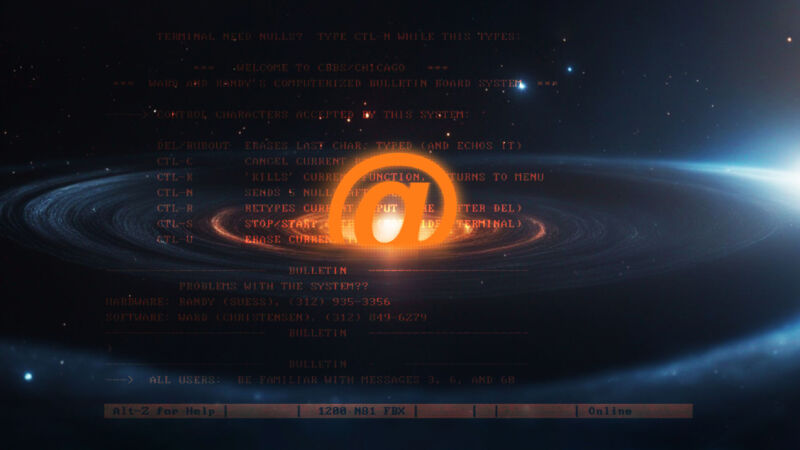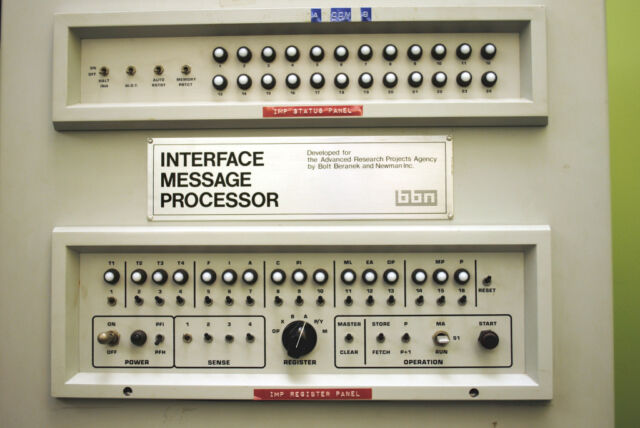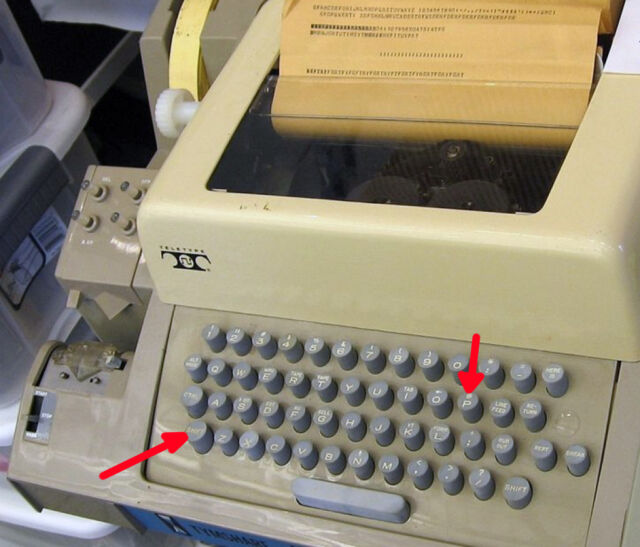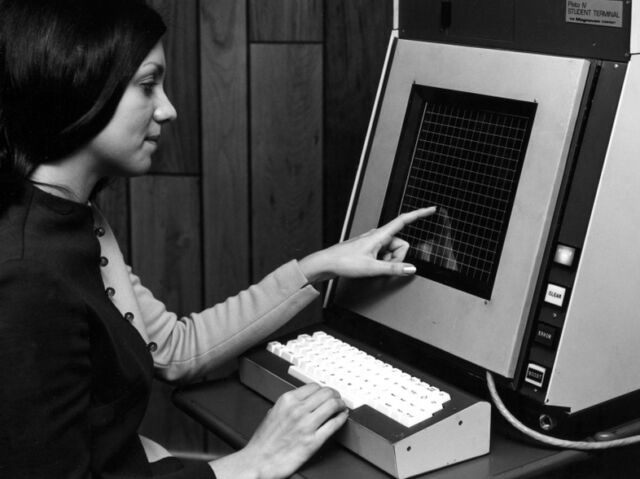
Aurich Lawson | Getty Pictures
Folks have been leaving public messages for the reason that first artists painted looking scenes on cave partitions. Nevertheless it was the invention of electrical energy that perpetually modified the best way we talked to one another. In 1844, the primary message was despatched by way of telegraph. Samuel Morse, who created the binary Morse Code a long time earlier than digital computer systems had been even potential, tapped out, “What hath God wrought?” It was a prophetic first put up.
World Struggle II accelerated the invention of digital computer systems, however they had been primarily single-use machines, designed to calculate artillery firing tables or resolve scientific issues. As computer systems obtained extra highly effective, the concept of time-sharing turned enticing. Computer systems had been costly, they usually spent most of their time idle, ready for a person to enter keystrokes at a terminal. Time-sharing allowed many individuals to work together with a single laptop on the similar time.
Half 0: The Precambrian period of digital communication (1969–1979)
Quickly after time-sharing was invented, folks began sending messages to different customers. However since each laptop spoke its personal distinctive machine language and had its personal means of storing and retrieving knowledge, none of those machines might speak to one another. The answer to this drawback got here out of the Pentagon’s Superior Analysis Initiatives Company (ARPA), and was thus dubbed the “ARPANET.” When two totally different computer systems linked to one another by an “IMP” (Interface Message Processor, the primary router) in 1969, it was an enormous breakthrough.
[

Now, as an alternative of sending a message to a buddy who was in all probability sitting subsequent to you in the identical laptop lab, you can ship it to somebody in a special metropolis. In 1971, Ray Tomlinson wrote the primary inter-computer messaging program, SNDMSG. As a result of he needed to differentiate between the receiver’s username and the title of the pc they had been utilizing, he wanted a personality that wouldn’t be a part of both. He hit “SHIFT-P” on the Mannequin 33 Teletype, obtained an @, and the remaining was history. E-mail was born.

Marcin Wichary (Wikipedia)
The pleasant orange glow
At across the similar time, a self-contained laptop community referred to as PLATO was additionally altering the world. PLATO was an academic system that started in 1960 and was nearing its fourth iteration. It was liable for many laptop firsts, reminiscent of the primary flat-screen plasma show, which launched in 1972 with PLATO IV. These touch-enabled, 512×512 graphical shows regarded like they got here from the longer term. And whereas it couldn’t speak to ARPANET, each PLATO person at each terminal might talk with one another everywhere in the world.

College of Illinois archives
In 1971, PLATO was the house of the primary “phishing” rip-off, when pupil Mark Rusted created a faux login display that stole customers’ passwords. (He was politely requested to not do it once more.) Due to this, the following revision of PLATO added a particular keystroke mixture, SHIFT-STOP, that may assure that the person noticed an actual login display. Years later, Microsoft would use the identical concept for Home windows NT with CTRL-ALT-DEL.
